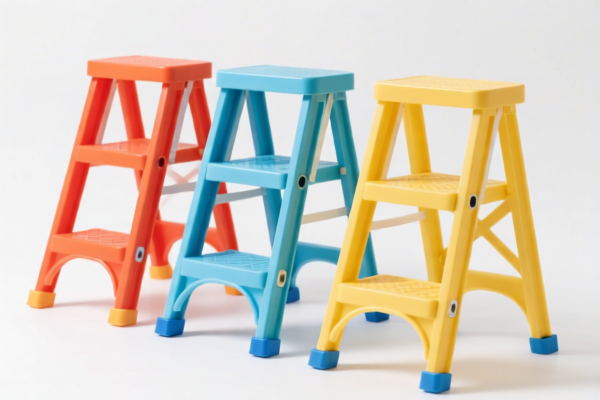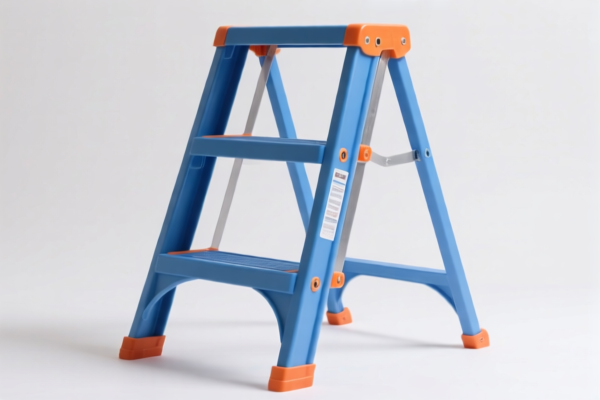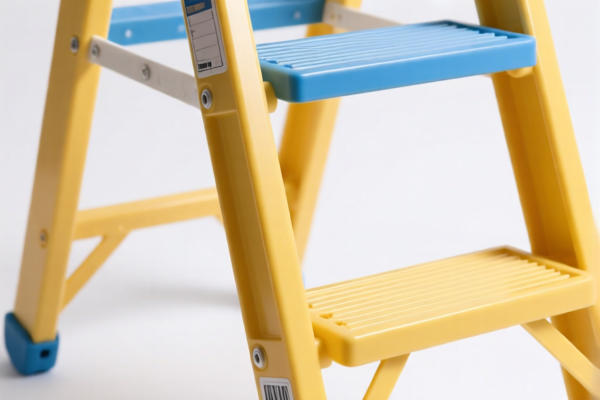| HS Code | Official Doc | Tariff Rate | Origin | Destination | Effective Date |
|---|---|---|---|---|---|
| 3906905000 | Doc | 59.2% | CN | US | 2025-05-12 |
| 3926904000 | Doc | 32.8% | CN | US | 2025-05-12 |
| 3926909910 | Doc | 42.8% | CN | US | 2025-05-12 |
| 7016100000 | Doc | 57.7% | CN | US | 2025-05-12 |
| 7016905000 | Doc | 60.0% | CN | US | 2025-05-12 |
| 7020006000 | Doc | 60.0% | CN | US | 2025-05-12 |
| 9602001080 | Doc | 40.5% | CN | US | 2025-05-12 |
| 9602001080 | Doc | 40.5% | CN | US | 2025-05-12 |




Acrylic Cubes
Acrylic cubes are transparent or translucent blocks typically formed from polymethyl methacrylate (PMMA), commonly known as acrylic or acrylic glass. They are valued for their aesthetic qualities, durability, and versatility.
Material
- Polymethyl Methacrylate (PMMA): The primary constituent. Acrylic is a synthetic polymer known for its high clarity, resistance to weathering, and impact strength (though less than polycarbonate). It is lightweight and can be easily molded, machined, and polished.
- Cast Acrylic: Most cubes are formed via casting, resulting in a material with excellent optical clarity and dimensional stability.
- Extruded Acrylic: Less common for cubes requiring precise dimensions, extruded acrylic is typically used for larger, less critical applications.
Purpose & Function
Acrylic cubes serve a wide range of purposes, primarily leveraging their visual properties and structural characteristics:
- Display: Frequently used as risers or pedestals for showcasing collectibles, art objects, jewelry, or other small items.
- Decorative Elements: Employed in home décor, event staging, and retail displays for their modern aesthetic.
- Photography Props: Their transparency makes them ideal for creating interesting effects in still life and product photography.
- Scientific & Educational Use: Used in experiments involving light refraction, optics, or as containment vessels for non-reactive substances.
- Architectural Applications: Smaller cubes can be incorporated into architectural models or lighting fixtures.
Usage Scenarios
- Retail: Product displays, counter accents.
- Residential: Displaying figurines, books, or as part of a larger decorative arrangement.
- Commercial: Trade show exhibits, museum displays, art galleries.
- Photography Studios: Creating visual effects and showcasing products.
- Laboratories/Schools: Demonstrations, small-scale experiments.
Common Types & Variations
- Clear Acrylic Cubes: The most prevalent type, offering maximum light transmission.
- Colored Acrylic Cubes: Available in a vast spectrum of colors, often used for aesthetic purposes or to create specific lighting effects.
- Frosted Acrylic Cubes: Provide a diffused light transmission, reducing glare and creating a softer visual effect.
- Textured Acrylic Cubes: Feature various surface textures for added visual interest.
- Hollow vs. Solid: Cubes can be solid or hollow, impacting weight and cost. Hollow cubes are often used for lighting applications.
- Size Variations: Available in a wide range of sizes, from miniature cubes a few millimeters in length to larger cubes several inches or feet in dimension.
- Acrylic Cube Sets: Often sold in sets of varying sizes for creating tiered displays or artistic arrangements.
Acrylic cubes fall under the category of acrylic polymers in primary forms, and also potentially as glass cubes for decorative purposes, depending on their specific use and manufacturing process.
Here are the relevant HS codes based on the provided reference material:
- 3906905000: This HS code covers Acrylic polymers in primary forms: Other: Other: Other. This is applicable if the acrylic cubes are supplied as raw material or semi-finished products. The tax rate is a base tariff of 4.2%, an additional tariff of 25.0%, and a tariff of 30% after April 2, 2025, resulting in a total tariff of 59.2%.
- 7016100000: This HS code covers Paving blocks, slabs, bricks, squares, tiles and other articles of pressed or molded glass, whether or not wired, of a kind used for building or construction purposes; glass cubes and other glass smallwares, whether or not on a backing, for mosaics or similar decorative purposes: Glass cubes and other glass smallwares, whether or not on a backing, for mosaics or similar decorative purposes. If the acrylic cubes are marketed and used as glass cubes for decorative purposes, this code applies. The tax rate is a base tariff of 2.7%, an additional tariff of 25.0%, and a tariff of 30% after April 2, 2025, resulting in a total tariff of 57.7%.
- 7016905000: This HS code covers Paving blocks, slabs, bricks, squares, tiles and other articles of pressed or molded glass, whether or not wired, of a kind used for building or construction purposes; glass cubes and other glass smallwares, whether or not on a backing, for mosaics or similar decorative purposes; leaded glass windows and the like; multicellular or foam glass in blocks, panels, plates, shells or similar forms: Other: Other. This code may be applicable if the acrylic cubes are classified as other glass smallwares. The tax rate is a base tariff of 5.0%, an additional tariff of 25.0%, and a tariff of 30% after April 2, 2025, resulting in a total tariff of 60.0%.
Important Note: The classification between acrylic polymers (3906905000) and glass smallwares (7016100000 or 7016905000) depends on the material composition and intended use of the cubes. If the cubes are primarily acrylic, 3906905000 is more appropriate. If they are manufactured as glass and used for decorative purposes, 7016100000 or 7016905000 may be more suitable.
Customer Reviews
No reviews yet.